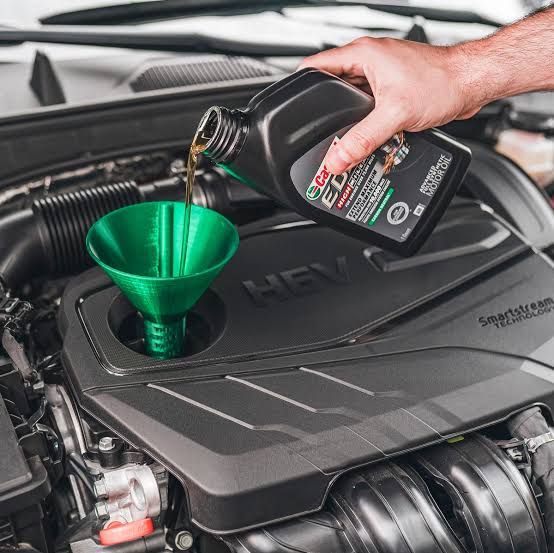
The age-old question: how often should you change your oil? It’s a topic of much debate among car enthusiasts, with some saying you should change it every 3,000 miles, while others claim you can go up to 10,000 miles between oil changes. So, what’s the truth? In this post, we’ll dive into the world of oil changes and provide you with the ultimate guide to keeping your engine purring smoothly.
Why Oil Changes Matter
Before we get into the frequency of oil changes, let’s quickly discuss why they’re so important. Engine oil is the lifeblood of your vehicle, lubricating moving parts, preventing corrosion, and keeping your engine clean. Over time, oil breaks down and becomes less effective, which can lead to:
- Increased wear and tear on engine components
- Decreased fuel efficiency
- Increased emissions
- Engine damage or even failure
How Often Should You Change Your Oil?
The frequency of oil changes depends on several factors, including:
- Vehicle type: The type of vehicle you drive plays a significant role in determining oil change frequency. If you own a newer vehicle, it might be designed to go longer between oil changes.
- Driving conditions: If you drive in extreme temperatures, tow a trailer, or drive in stop-and-go traffic, you may need to change your oil more frequently.
- Oil type: The type of oil you use can also impact oil change frequency. Synthetic oil, for example, can last longer than conventional oil.
- Manufacturer’s recommendations: Check your owner’s manual for the manufacturer’s recommended oil change interval.
The Old 3,000-Mile Rule
In the past, the general rule of thumb was to change your oil every 3,000 miles. However, with advancements in engine technology and oil quality, this rule is no longer applicable to all vehicles. Some vehicles can go up to 7,500 or even 10,000 miles between oil changes.
Determining Your Oil Change Interval
So, how do you determine the right oil change interval for your vehicle? Here are a few ways:
- Check your owner’s manual: The best place to start is by consulting your owner’s manual. The manufacturer’s recommended oil change interval is usually listed in the maintenance section.
- Use a oil change interval calculator: Some oil manufacturers offer online calculators that can help determine the right oil change interval based on your vehicle and driving habits.
- Monitor your oil level: Keep an eye on your oil level and look for signs of oil degradation, such as dark or dirty oil.
Signs You Need an Oil Change
If you’re unsure when you last changed your oil, look out for these signs:
- Dark or dirty oil: If your oil is dark or dirty, it’s likely time for a change.
- Low oil level: If your oil level is low, top it up and consider changing the oil.
- Increased engine noise: If your engine is making more noise than usual, it could be a sign that the oil is degraded.
- Decreased fuel efficiency: If you notice a decrease in fuel efficiency, it could be related to dirty or degraded oil.
The Advantages of Regular Oil Changes
Regular oil changes can have numerous advantages for your vehicle, including:
- Improved engine life: Regular oil changes can help extend the life of your engine.
- Increased fuel efficiency: Clean oil can help improve fuel efficiency and save you money on gas.
- Reduced emissions: A well-maintained engine can help reduce emissions and minimize environmental impact.
- Fewer repairs: Regular oil changes can help prevent costly repairs down the road.
Tips for Extending Oil Change Intervals
If you want to extend the time between oil changes, here are a few tips:
- Use high-quality oil: Using high-quality oil can help extend the life of your engine and oil.
- Monitor your oil level: Keep an eye on your oil level and top it up as needed.
- Drive smoothly: Aggressive driving can reduce oil life, so drive smoothly and avoid extreme temperatures.

